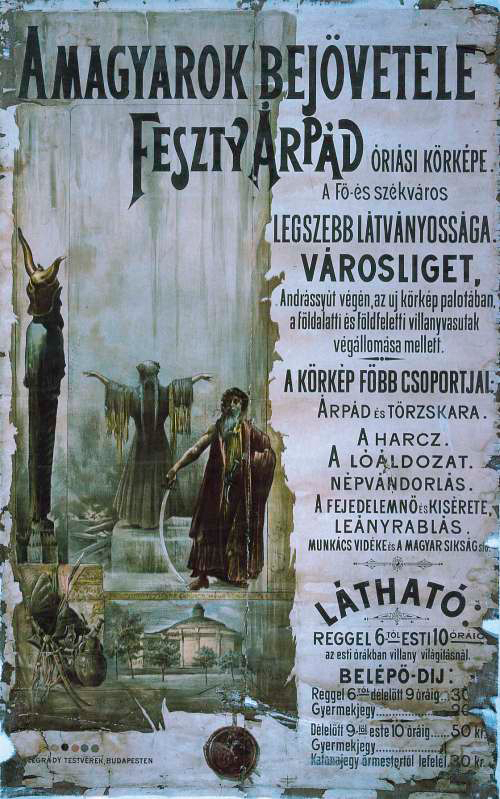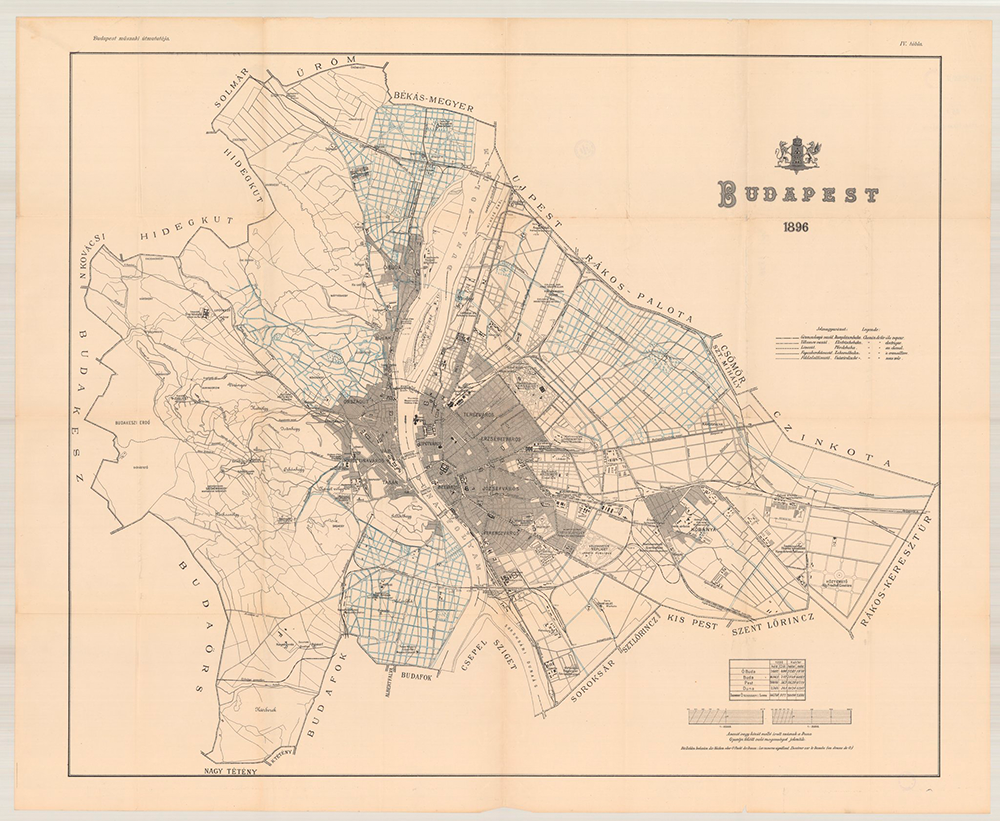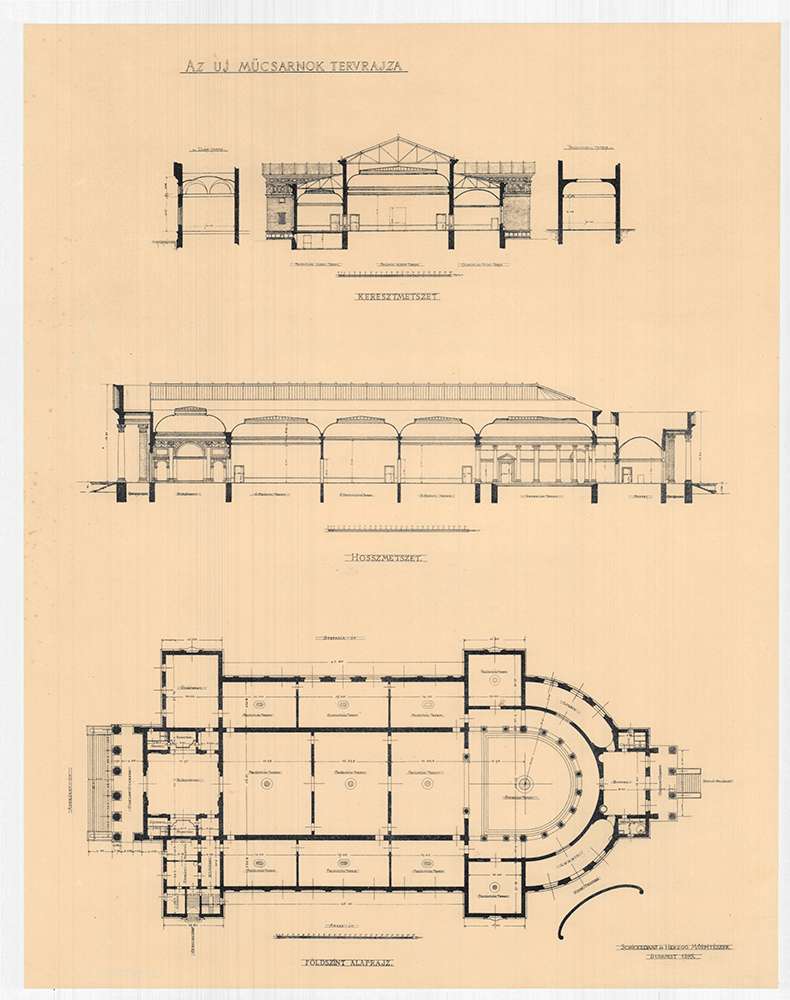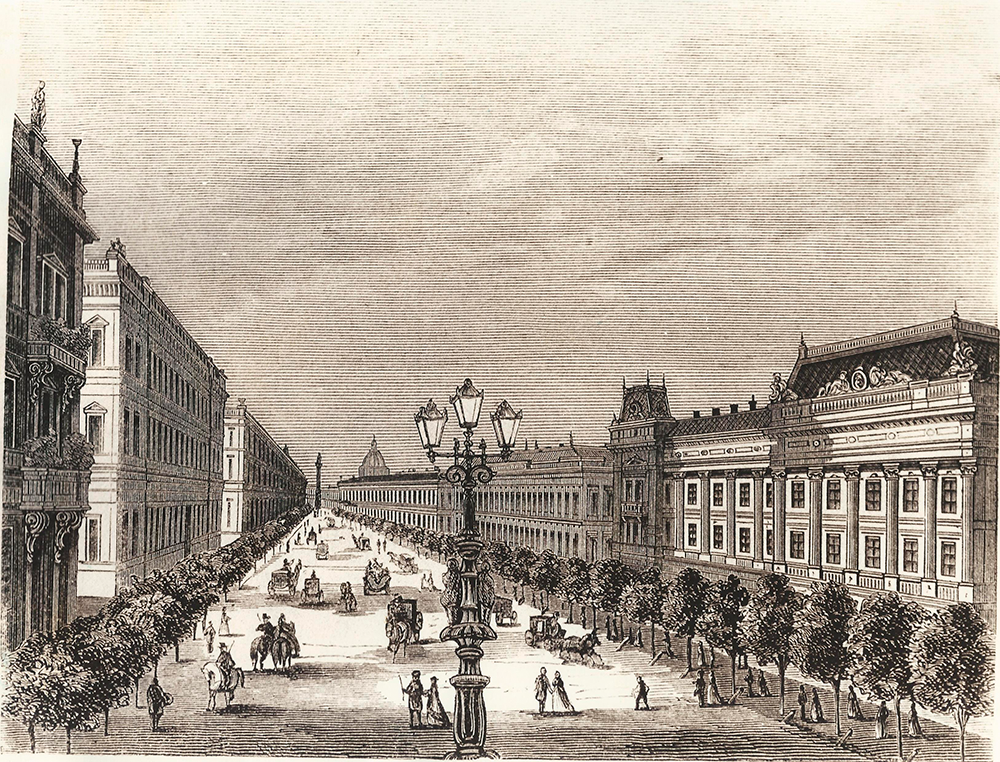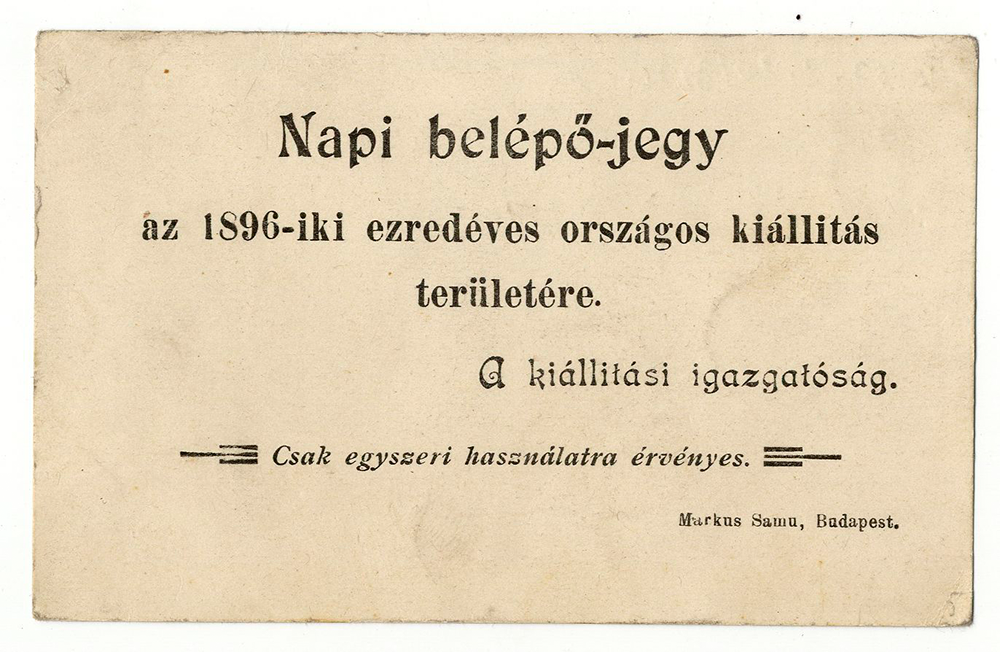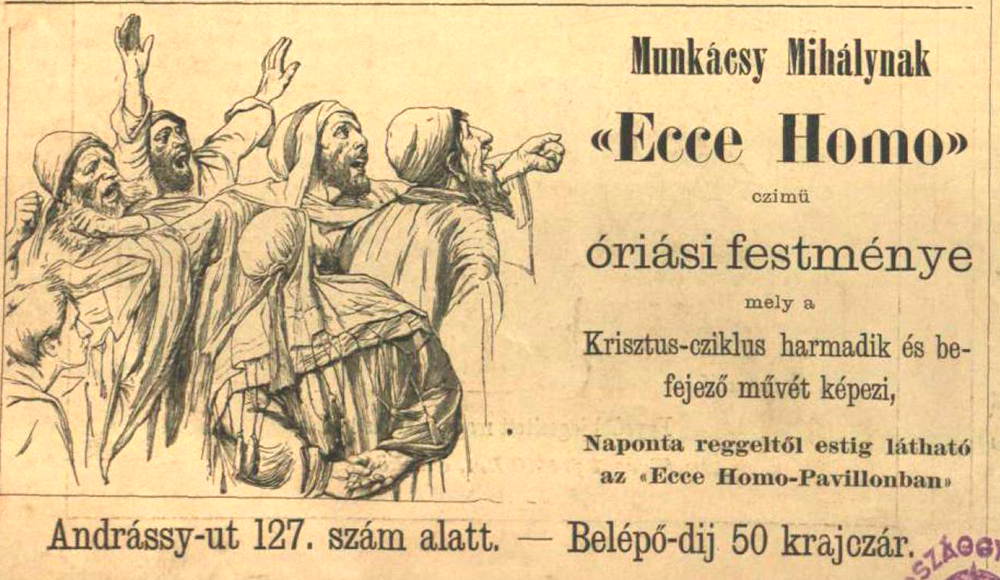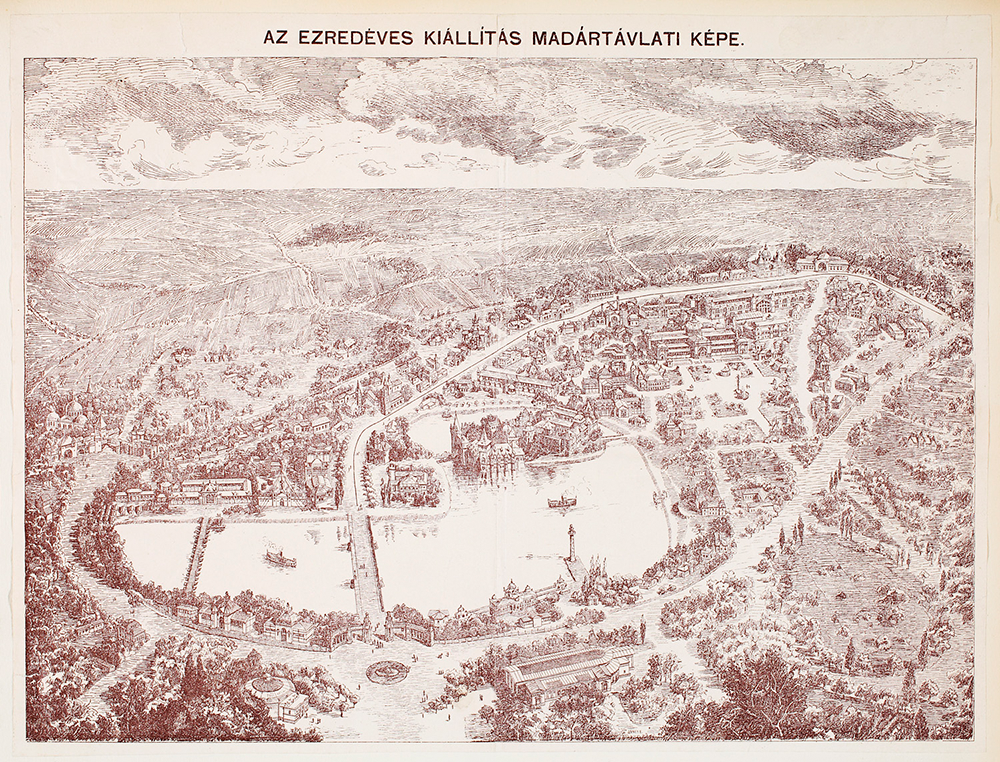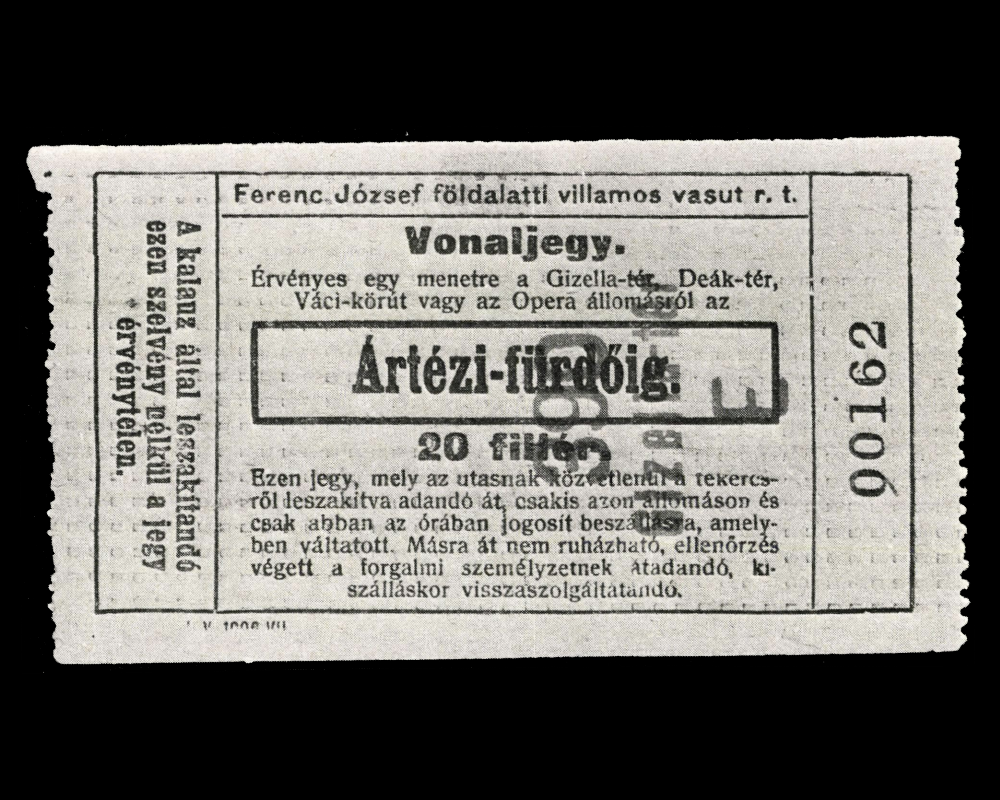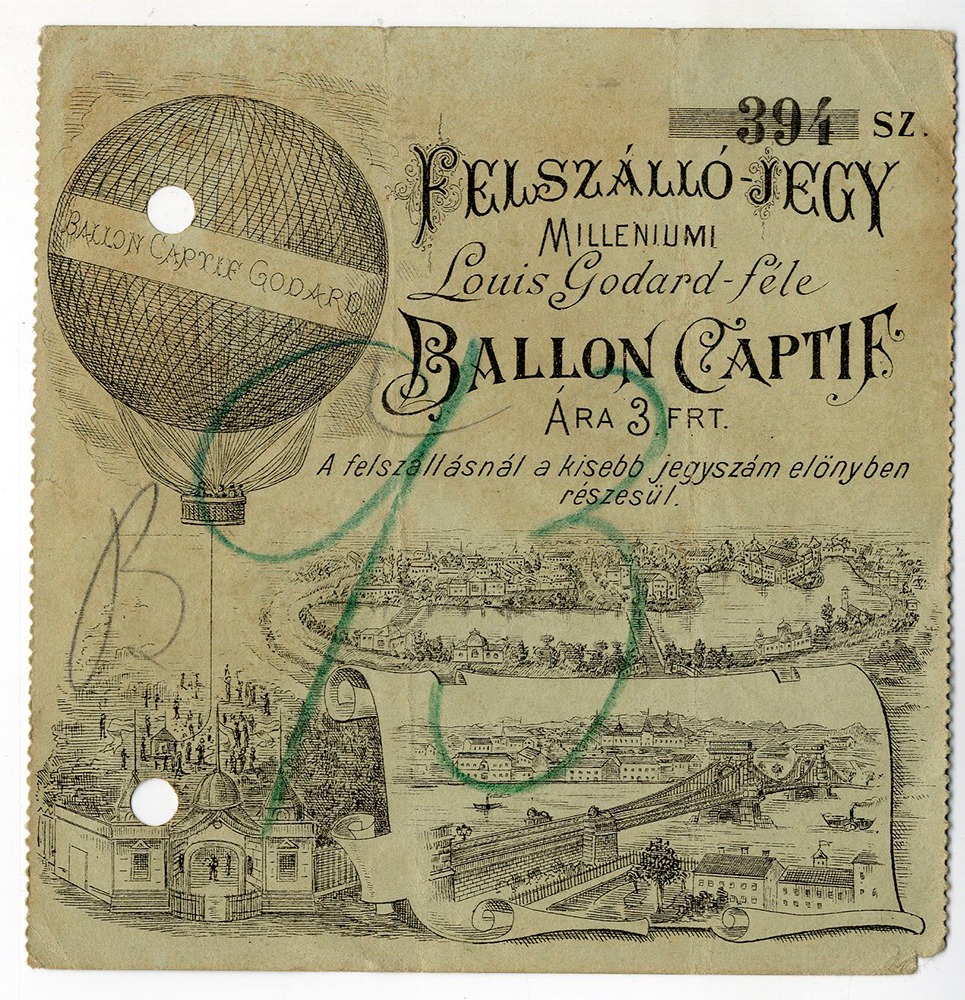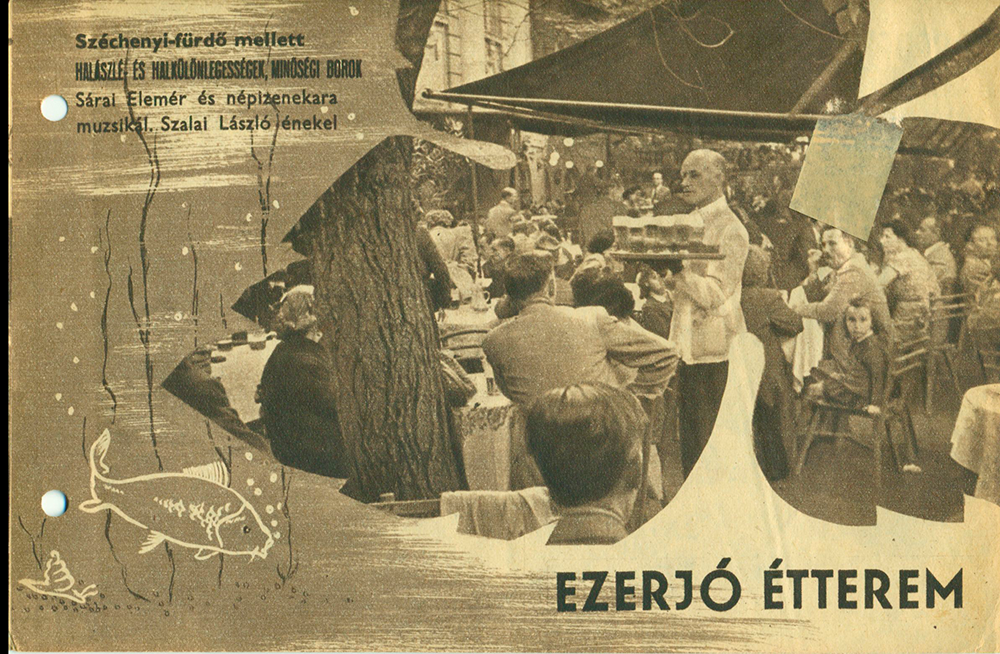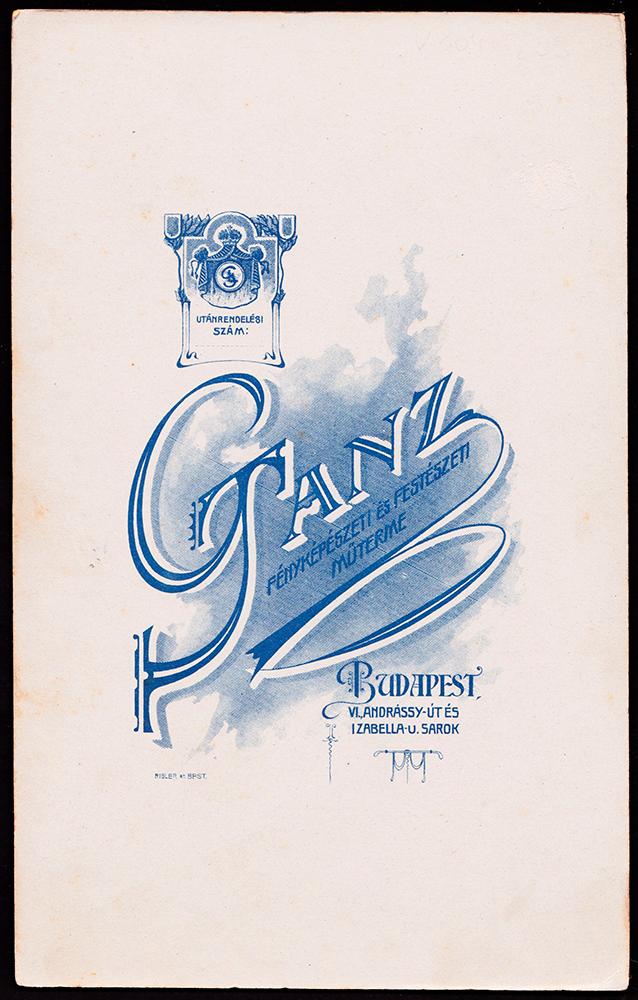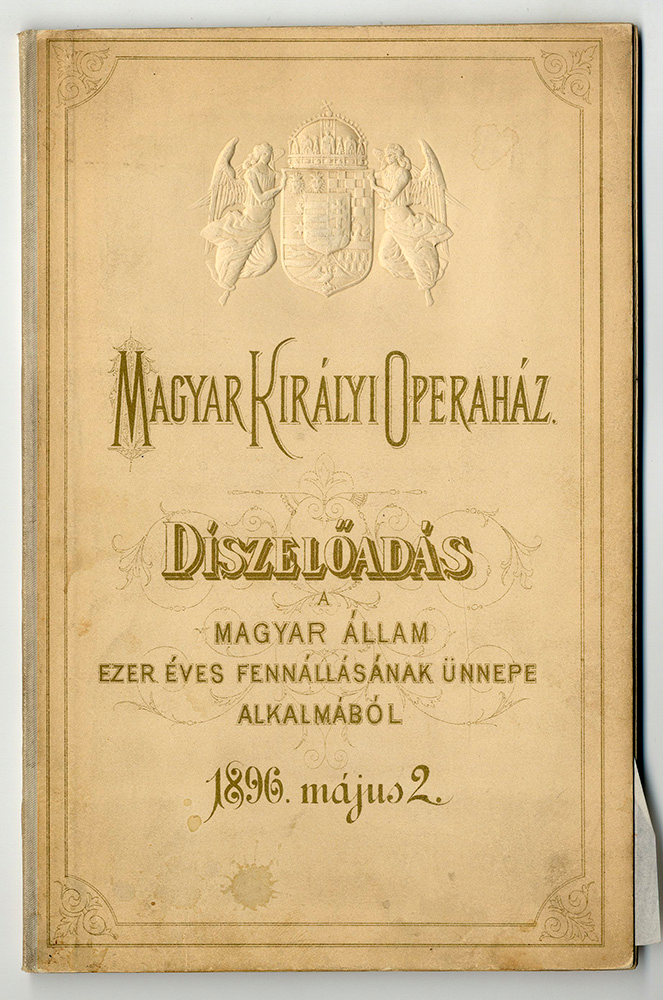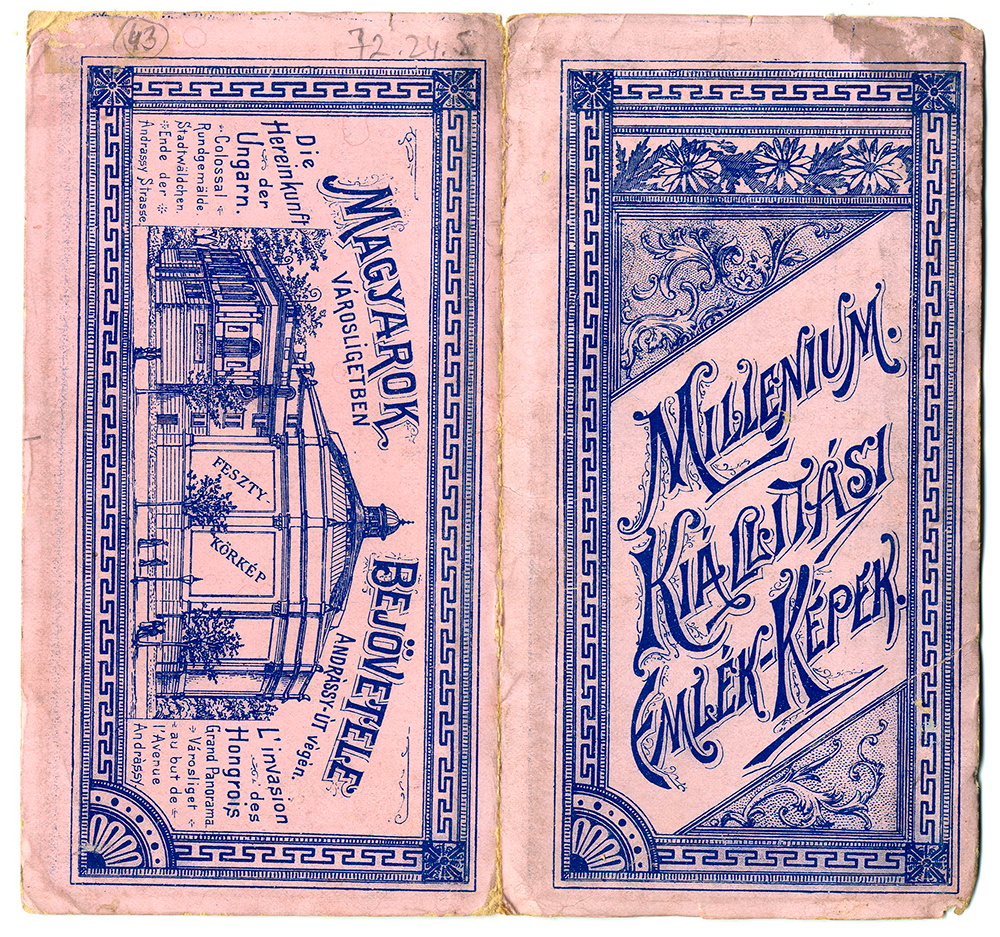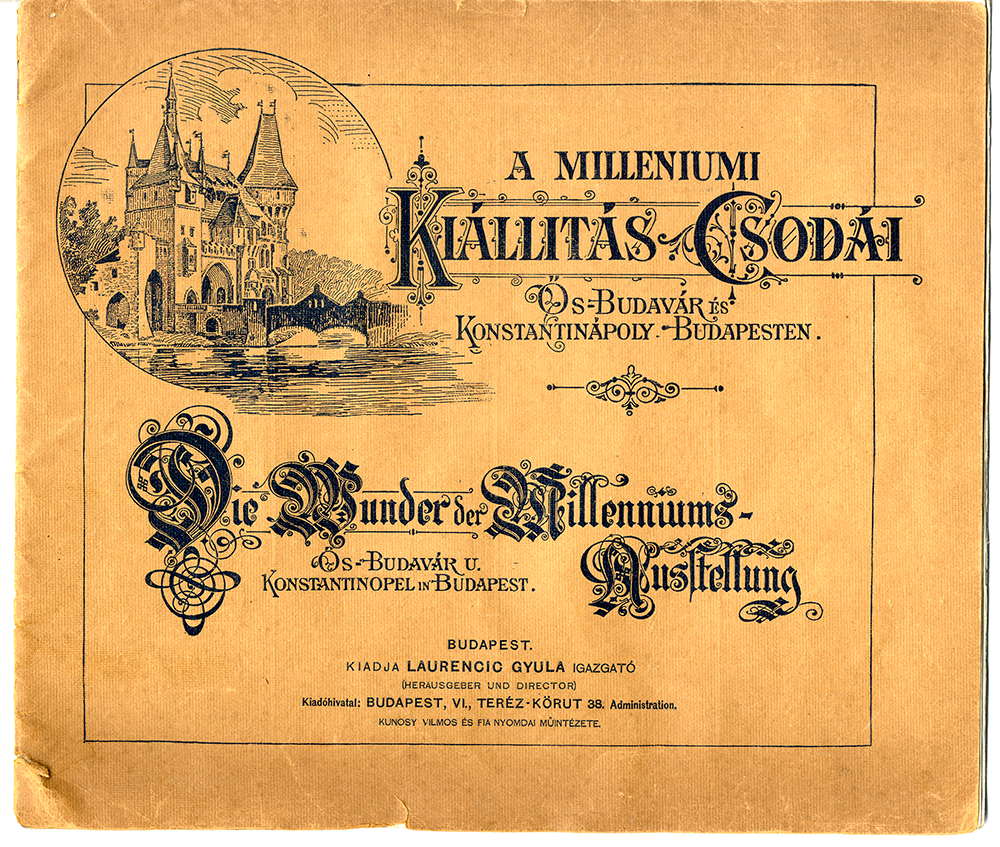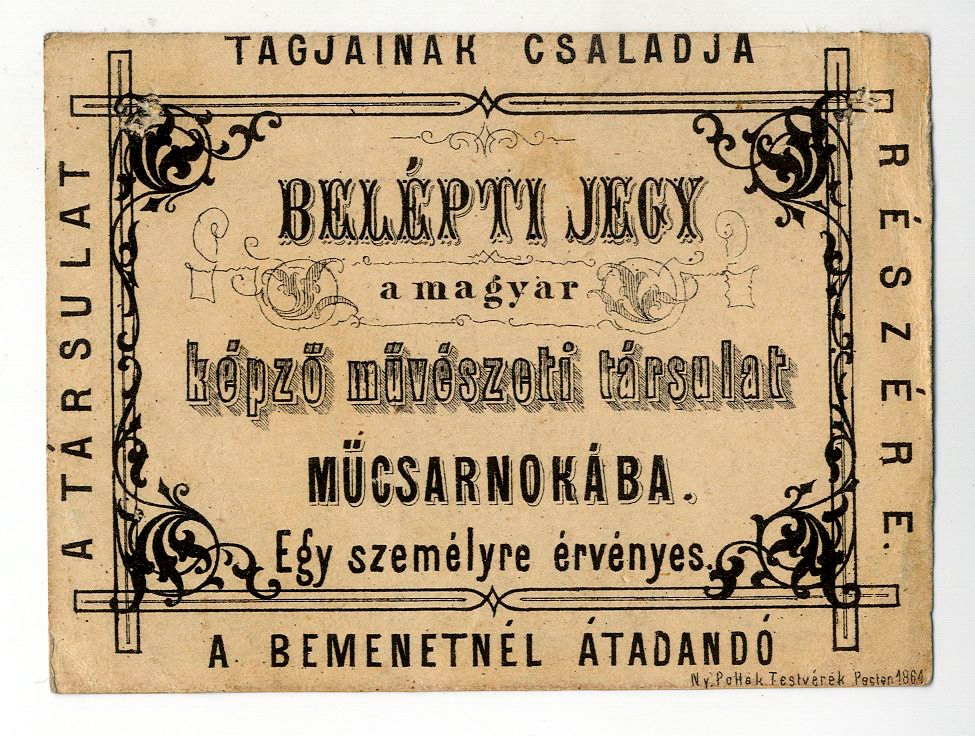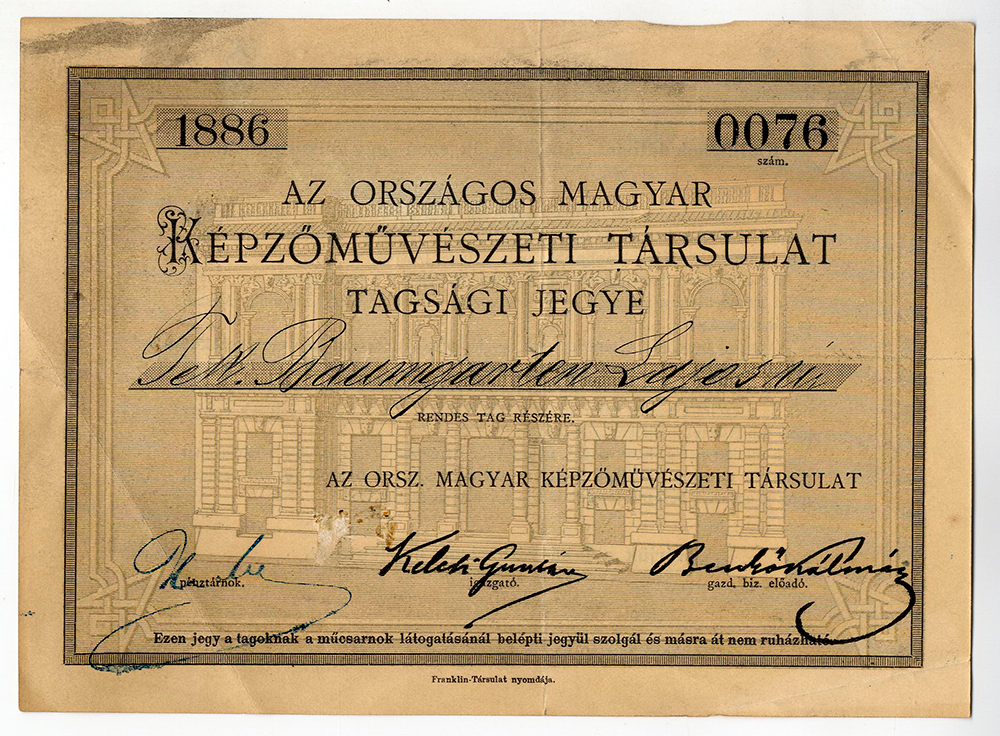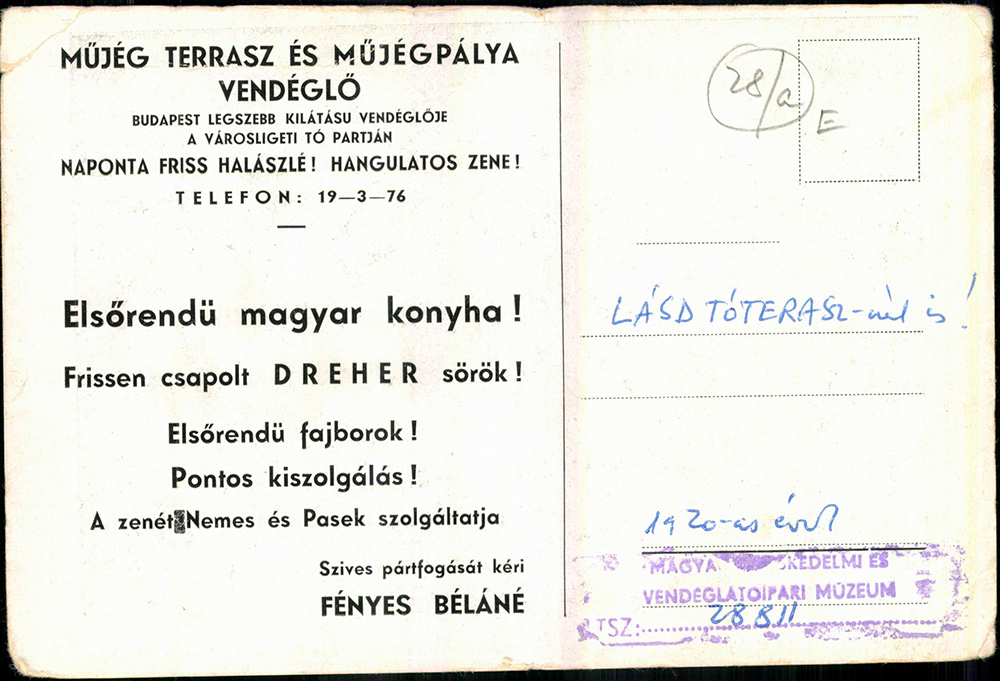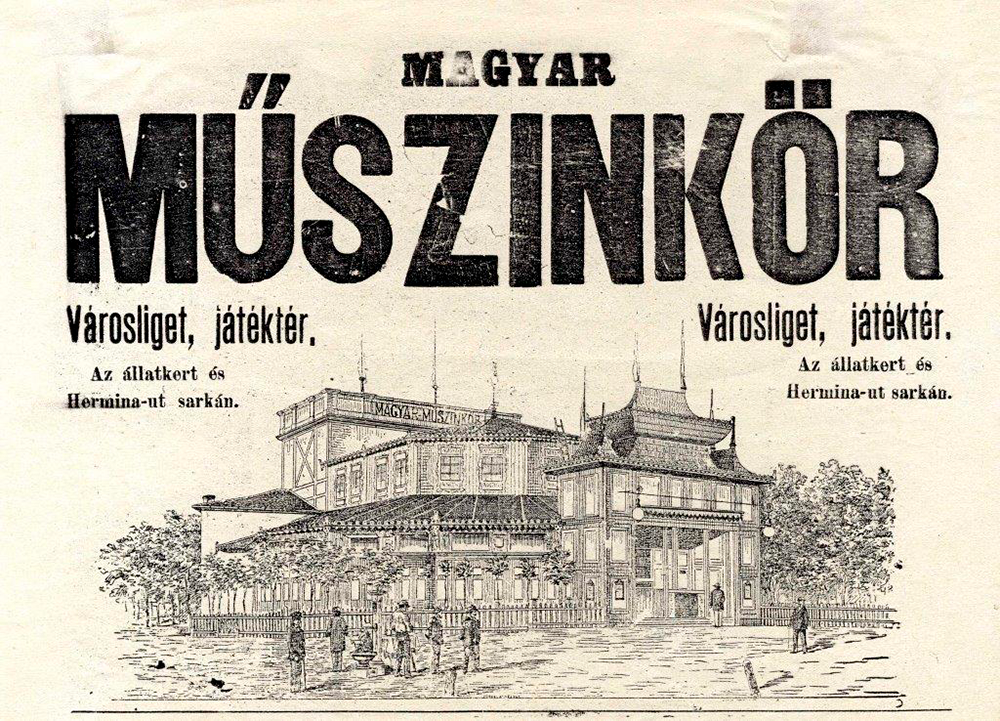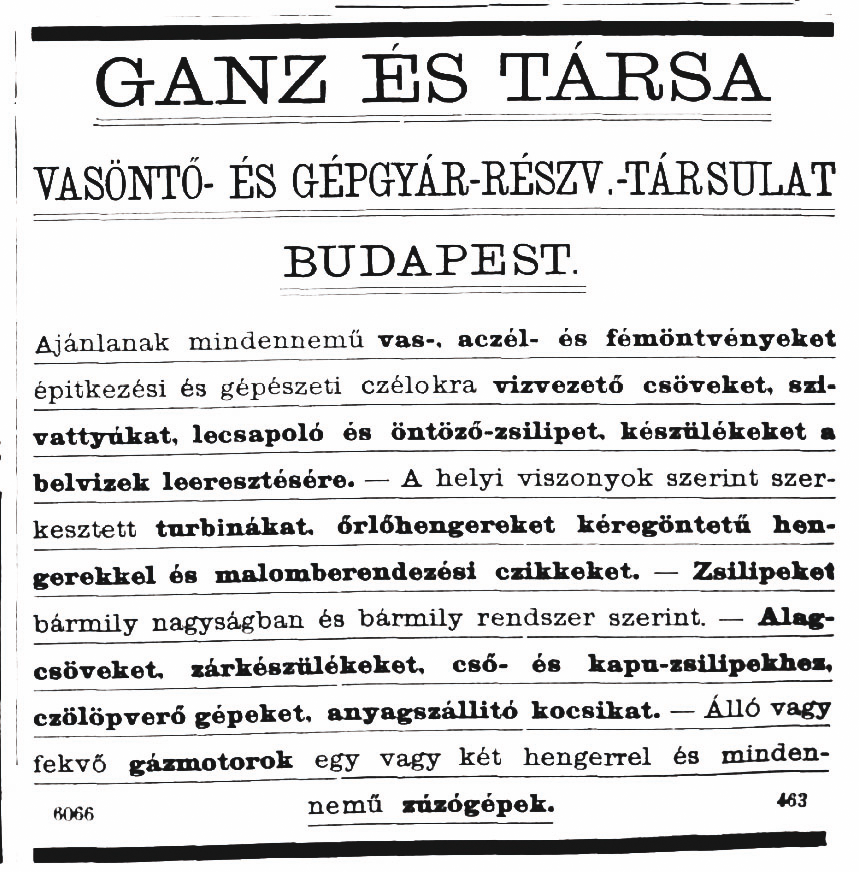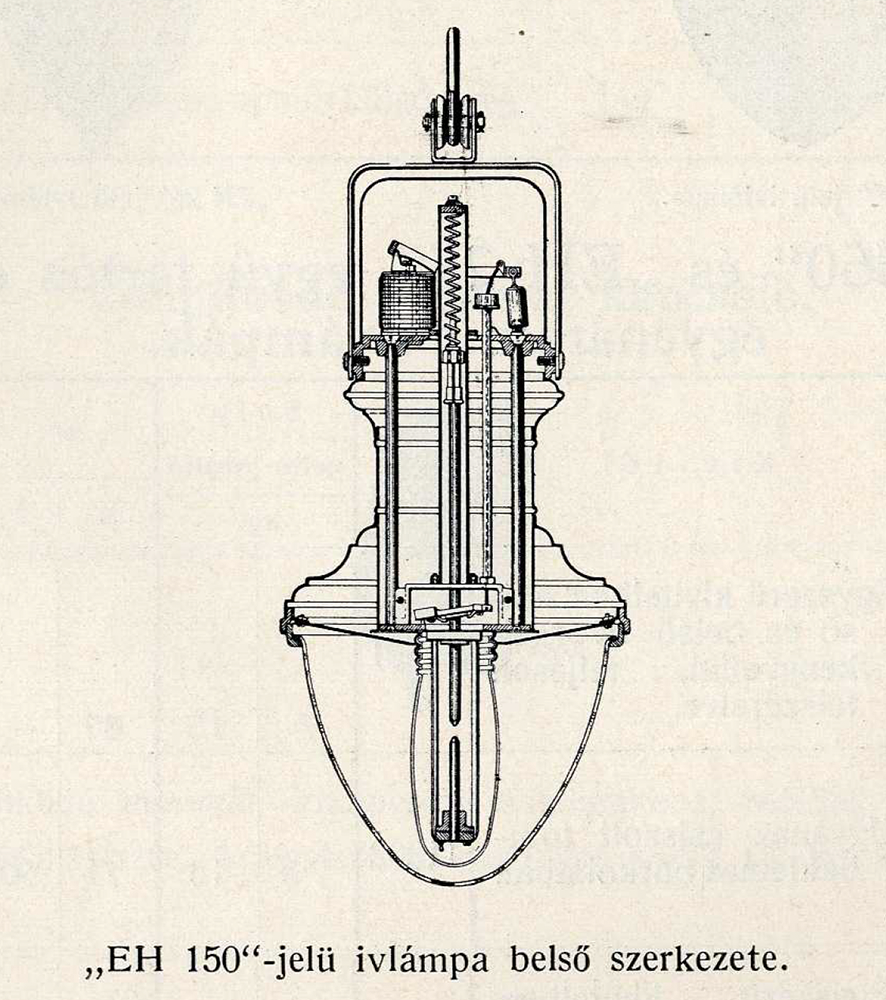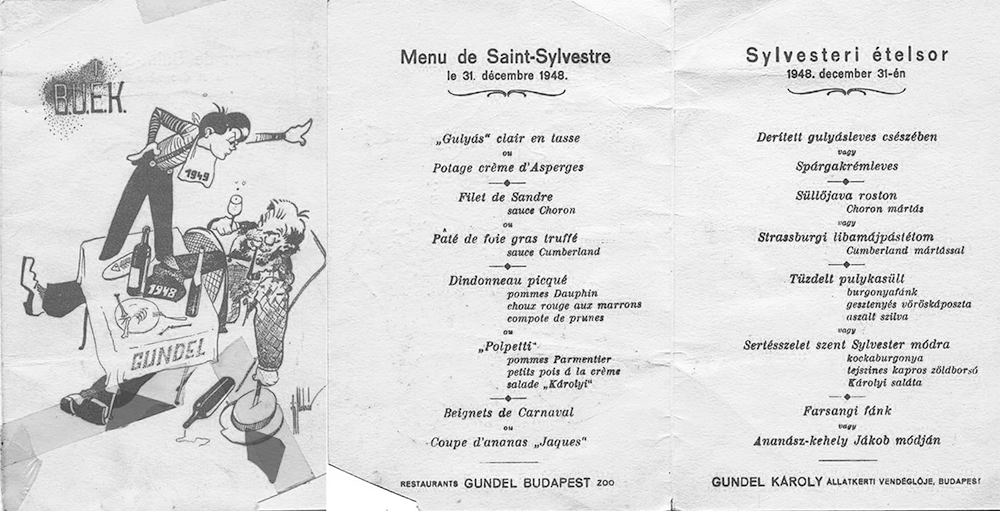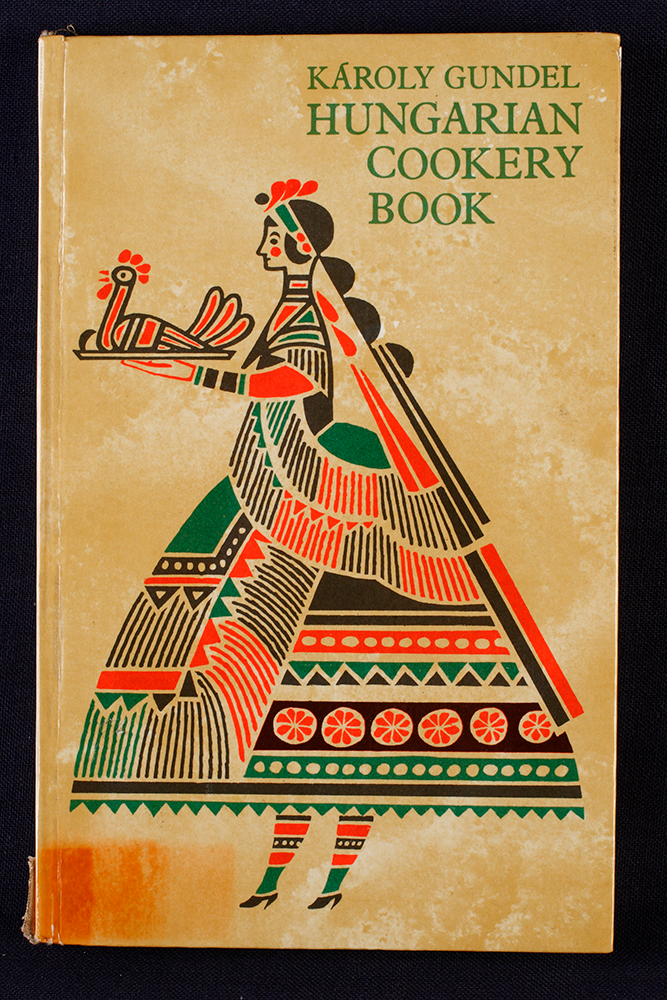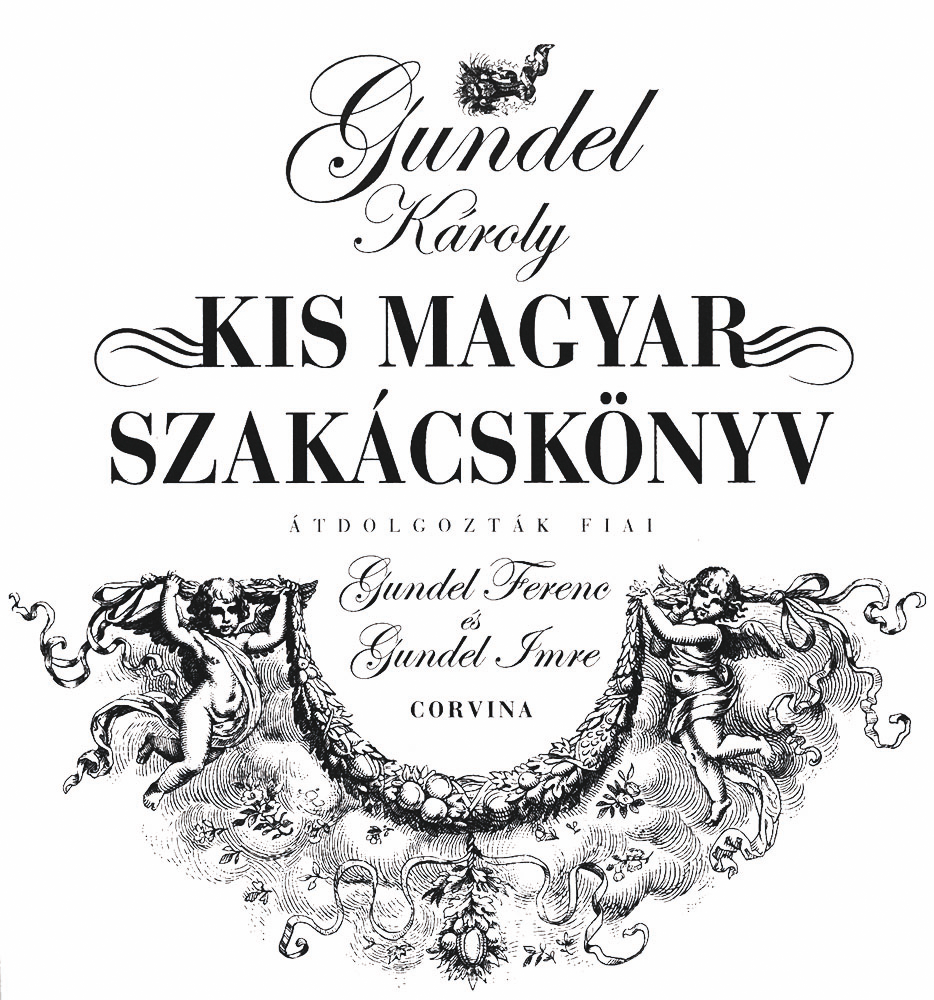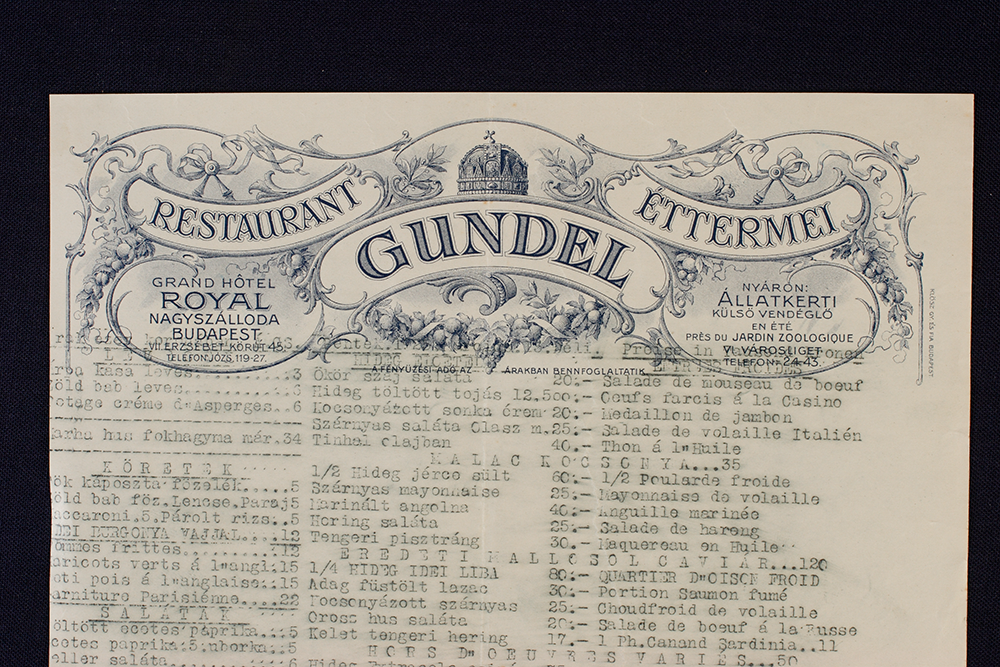
Árpád Feszty’s gigantic cyclorama, originally titled the Arrival of the Hungarians, depicting the Hungarian conquest of the Carpathian Basin, was adve...
This is a map of Budapest from 1896, showing the constructed areas and the railway lines.
As part of the floor graphic, the layout of the ground floor of the Institution of the Hungarian Academy of Arts is shown, which was constructed by th...
During the second half of the 1800s, City Park was a popular haunt of the burghers who sought entertainment, but it could only be approached along th...
Hungary celebrated the millennial anniversary of the Hungarian conquest of the Carpathian Basin in 1896. Countless new buildings and several ornate ar...
Ecce homo is a Latin phrase, meaning “Behold the man!”. It is found in the Bible in the Book of John, when Pontius Pilate points at Jesus, who is wear...
Spread before us is the picture of the Millennial Exhibition, taking place between May 2 and November 3 1896. We can observe the triumphal arch-like m...
A single ticket for the underground, which opened on May 2 1896, cost 20 fillérs. The first train served 11 stations, which were the following:
- Gizella Square...
Visitors of the 1896 Millennial Exhibition at the City Park had ample opportunity for entertainment, such as a hot air balloon ride, which became the ...
The Ezerjó Restaurant, founded by Károly Marth in 1898 originally stood opposite of the Széchenyi Baths, then in 1927 it moved right next to it. It wa...
Photography and Painting Studio of Ganz Lipót photoartist, in VI. district of Budapest, on the corner of Andrássy Avenue and Izabella Street in 1900. ...
The construction of the 5600 m2 skating Rink was completed in 1926. This was the second machine cooled rink in Europe, after Vienna. Pipes were laid o...
Ferenc Erkel had been planning to write an opera about the founding of the state as far back as 1846. The opera King Stephen, which was composed for ...
Photos display the 1896 Millennial Exhibition, including the view of the Exhibition, the Directorial building of the Millennial Exhibition, and the Me...
The Ancient Buda Castle was constructed out of wood and plaster on an area of 70 000 m2 for the Millennial Exhibition. Its buildings and roads radiate...
The Pesti Műegylet (Art-collective of Pest) was formed in 1839. This was the first Hungarian institution that supported arts, and which organized annu...
Hungarian printed document, with the building of the Hall of Art at Andrássy út faded in the background. For the Honourable Mr. Lajos Baumgarten, an o...
The restaurant of the Ice Rink Terrace and Ice Rink on the bank of the City Park lake offered one of the most beautiful views for patrons.
A postcard from the 1920s gives the following recommendation for the restaurant:...
The building of Műszinkör, which operated between 1896 and 1944, originally worked as a circus in City Park, with an auditorium reminiscent of a Roman...
The foundry established by Ábrahám Ganz turned into one of the largest machine industry companies in Hungary. Famous inventors, such as András Mechwar...
Contemporary papers reported several times on the underground electric railway. An example of this is the Ország-Világ newspaper article from 1896. Th...
The picture shows a Zipernowksy alternating current generator mark A6/20, with an output of 80 kW, from the early 1890s.
Károly Zipernowsky, physicist, engineer, professor, is the founder of the Hungarian heavy current electrotechnical industry. His most important invent...
The first widely applied electric light source was the arc-lamp, the development of which the Ganz factory also took part in. Its working principle wa...
The New Year’s Foodrow” of the Budapest Zoo Restaurant of Károly Gundel from December 31 1948, featuring such specialities as “Gulash soup consommé in...
Károly Gundel, restaurant manager took over Wampetics Restaurant in the City Park in 1910, before later renting the restaurants of the Royal- and Gell...
The picture displays the cover of Károly Gundel’s Little Hungarian Cookery Book, which was first published in 1934. Originally it was intended for for...
The menu of the Gundel Restaurant with a Gundel header adorned by the Holy Crown of Hungary.
Gundel took over the Wampetics Restaurant in the City Park in 1910 - his menu features excellent dishes of the Hungarian and French culinary arts, and...











